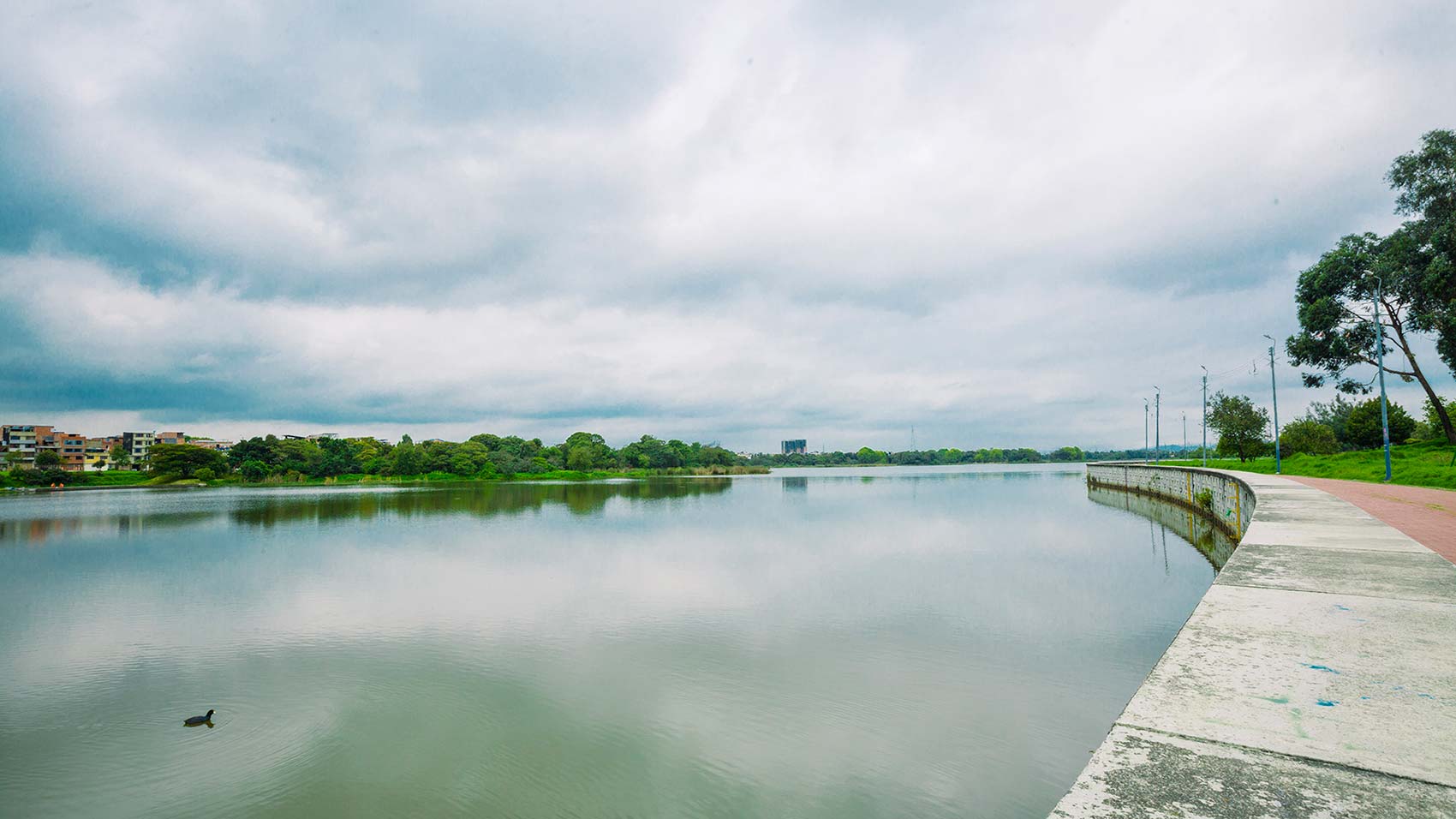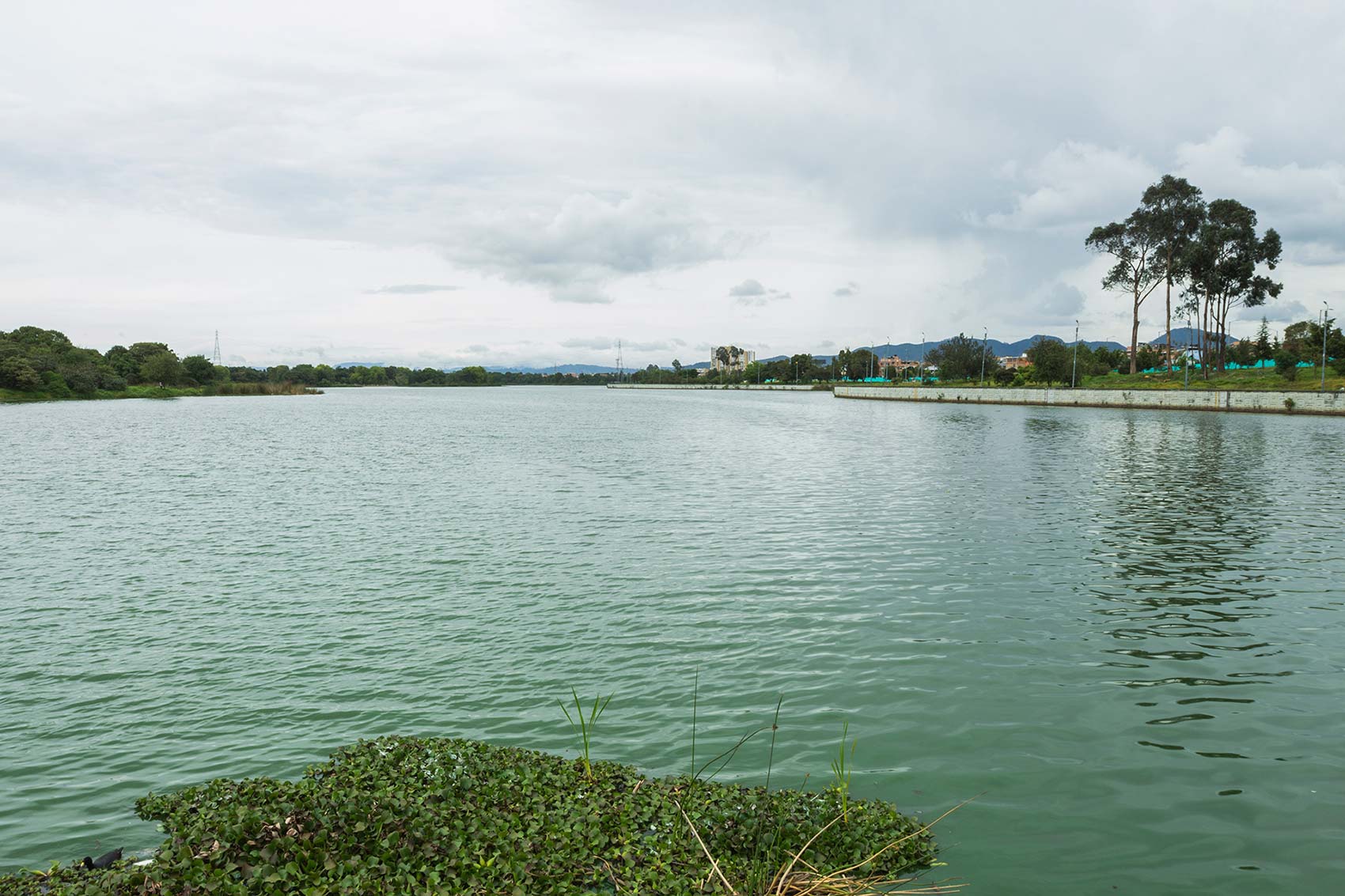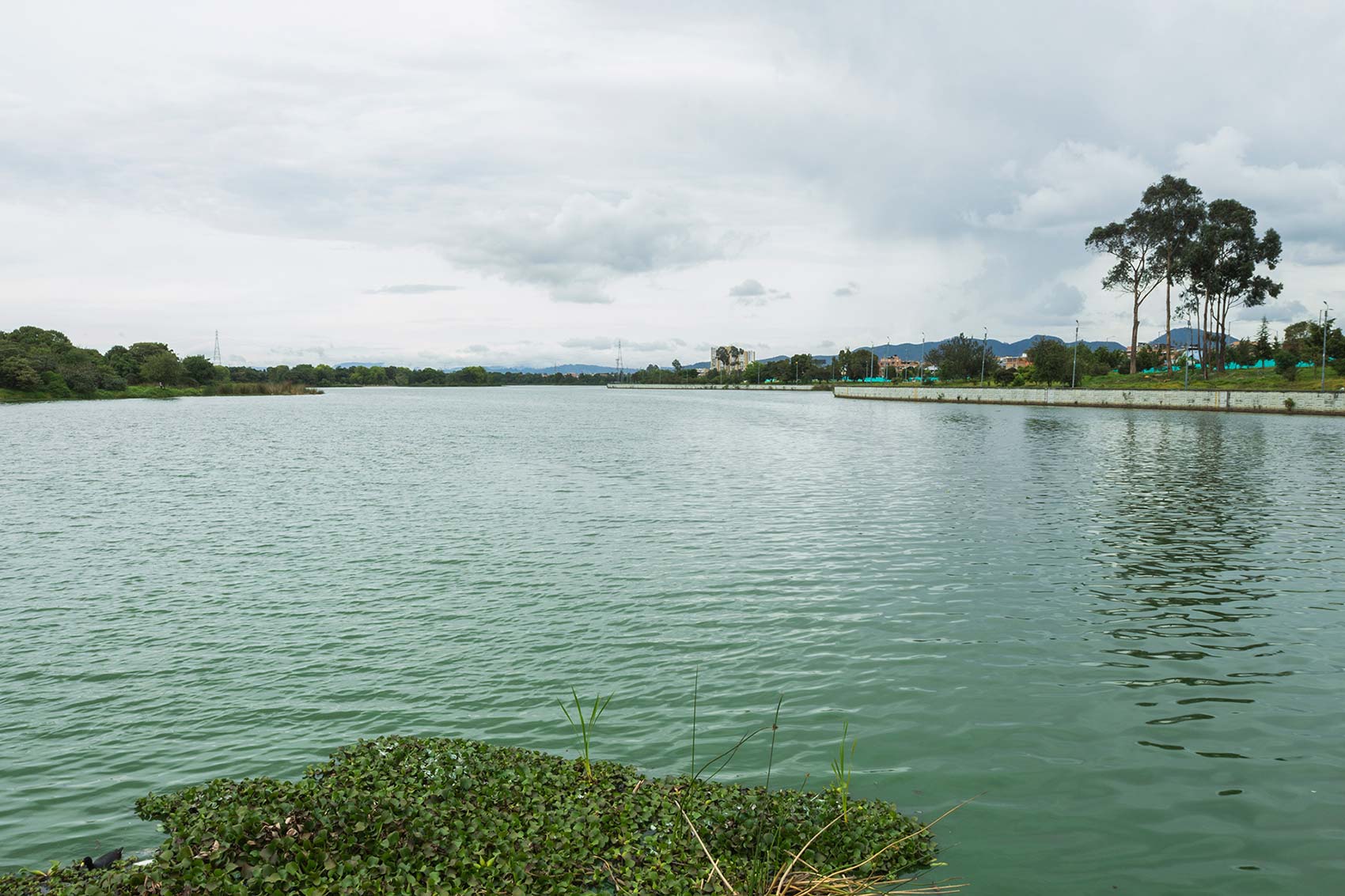The Juan Amarillo or Tibabuyes District Ecological Park is located in the northwest of Bogotá, between the Suba and Engativá districts, and is an authentic natural refuge and epicenter of environmental conservation. Considered the largest wetland within the urban perimeter of the capital, it is home to lagoons and flooding areas typical of the Bogotá savannah, evoking ancestral memories, as it was a place of worship for the Muisca people during the pre-Columbian era. There they celebrated the feast of flowers and made offerings to the gods, traveling the lagoon in decorated rafts. In addition, this wetland was the epicenter of agricultural practices, whose vestiges can still be seen in jarillones, camellones and albarradas.
This exuberant ecosystem is the natural habitat of beautiful birds that find refuge and food in its waters and vegetation. At the beginning of the 21st century, terrestrial and aquatic ecological recovery projects were developed, including the construction of the Bogotá River interceptor for its sanitation. Hydrogeomorphological adjustments have been made, jarillones enhancement, land acquisition and verification of demarcations for environmental preservation.
Also known as Tibabuyes, a Chibcha term meaning “Land of farmers”, this wetland is the remnant of the great lake that extended into the savannah. Delimited by EAAB in 1999, it is surrounded by numerous neighborhoods in the surrounding areas and fed by the Salitre and Negro rivers.


